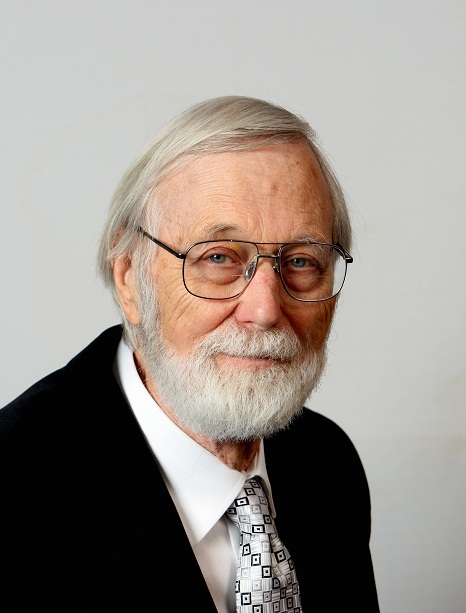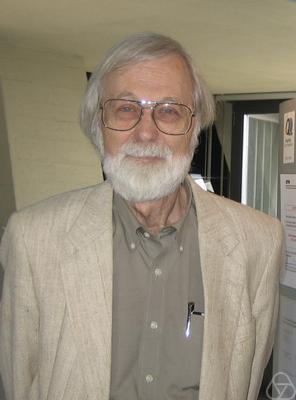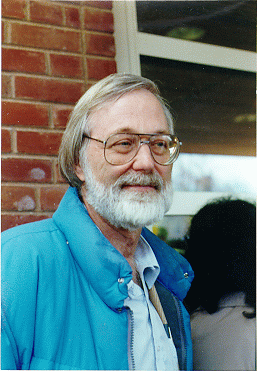<Back to Index>
- Mathematician John Willard Milnor, 1931
PAGE SPONSOR



John Willard Milnor (born February 20, 1931) is an American mathematician known for his work in differential topology, K-theory and dynamical systems. He won the Fields Medal in 1962, the Wolf Prize in 1989, and the Abel Prize in 2011. Milnor is a distinguished professor at Stony Brook University. His wife, Dusa McDuff, is a professor of mathematics at Barnard College.
Milnor was born in Orange, New Jersey. As an undergraduate at Princeton University he was named a Putnam Fellow in 1949 and 1950 and also proved the Fary – Milnor theorem. He continued on to graduate school at Princeton and wrote his thesis, entitled "Isotopy of Links", which concerned link groups (a generalization of the classical knot group) and their associated link structure. His advisor was Ralph Fox. Upon completing his doctorate he went on to work at Princeton.
In 1962 Milnor was awarded the Fields Medal for his work in differential topology. He later went on to win the National Medal of Science (1967), the Leroy P Steele Prize for Seminal Contribution to Research (1982), the Wolf Prize in Mathematics (1989), the Leroy P Steele Prize for Mathematical Exposition (2004), and the Leroy P Steele Prize for Lifetime Achievement (2011). He was an editor of the Annals of Mathematics for a number of years after 1962. He has written a number of books which are remarkable for their easy, clear and precise style.
Milnor was awarded the 2011 Abel Prize, for his "pioneering discoveries in topology, geometry and algebra." Reacting to the award, Milnor told the New Scientist "It feels very good,", adding that, "One is always surprised by a call at 6 o'clock in the morning."
His students have included Tadatoshi Akiba, Jon Folkman, John Mather, Laurent C. Siebenmann, and Michael Spivak.
His most celebrated single result is his proof in 1956 of the existence of 7-dimensional spheres with nonstandard differential structure. Later with Michel Kervaire, he showed that the 7-sphere has 15 differentiable structures (28 if one considers orientation). An n-sphere with nonstandard differential structure is called an exotic sphere, a term coined by Milnor. Egbert Brieskorn found simple algebraic equations for 28 complex hypersurfaces in complex 5-space such that their intersection with a small sphere of dimension 9 around a singular point is diffeomorphic to these exotic spheres. Subsequently Milnor worked on the topology of isolated singular points of complex hypersurfaces in general, developing the theory of the Milnor fibration whose fibre has the homotopy type of a bouquet of μ spheres where μ is known as the Milnor number. Milnor's 1968 book on his theory inspired the growth of a huge and rich research area which continues to develop to this day.
In 1961 Milnor disproved the Hauptvermutung by exhibiting two simplicial complexes which are homeomorphic but combinatorially distinct.